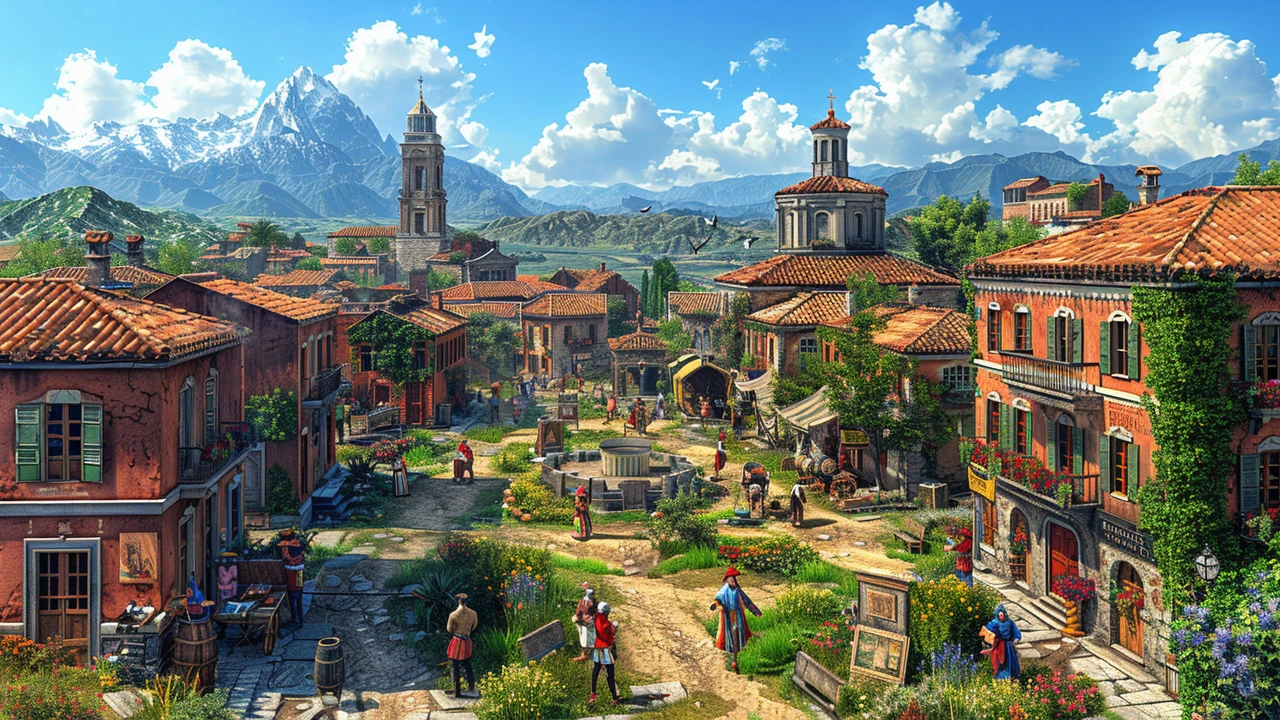Cultural Transformation in Art & Architecture
Have you ever noticed how a single building can show a whole era’s values? Cultural transformation happens when people change how they live, worship, work, or play — and buildings or artworks record that shift. On this tag page you’ll find posts that trace those shifts, from Roman engineering and Byzantine mosaics to Revival styles and modern minimalism.
Start practical: look at materials. Stone, brick, concrete and glass each tell a story. Heavy stone and rounded arches often point to Romanesque or early medieval priorities: defense and permanence. Light frames and glass hint at modern priorities like openness and speed. Materials are the first clue to cultural change because they respond to needs, money, and tech.
Then study function. When churches become museums or factories convert to lofts, that reuse marks cultural change. Adaptive reuse shows changing economies and values — old power centers give way to new uses. You’ll see that in articles here about Beaux-Arts preserved as civic centers or old industrial sites rebranded with creative industries.
Spotting style shifts
Watch ornament and scale. Fancy carved facades and gold mosaics signal a culture that prioritized status and ritual. Clean lines, minimal ornament, and modular layouts suggest a culture focused on efficiency and mass living. Revival movements — like Gothic Revival, Renaissance Revival or Dutch Colonial Revival — are conscious flips back to older symbols. Those choices reveal collective nostalgia or political messaging, as covered in several posts linked under this tag.
Think about technology and engineering next. Roman concrete and aqueducts changed how cities grew. Later, steel and elevators let cities build up. Each leap alters city life and art. When new tech appears, you’ll find fresh forms and new public spaces. Check the site posts on Ancient Roman engineering and Beaux-Arts to see concrete examples of tech driving cultural shifts.
Why it matters
Cultural transformation isn’t just history trivia. It affects how healthy, walkable, or beautiful our neighborhoods are. Preservation choices shape identity — keeping a facade or renovating a block changes how residents feel about a place. Designers, planners, and neighbors all take part in these choices, whether they know it or not.
If you want to explore, start with a specific style on the list: pick Byzantine or Gothic Revival, then read related posts on how those styles spread and evolved. Use the tips here to spot the clues: materials, function, ornament, scale, and tech. Each post on this tag shows one slice of the big picture, helping you see the ongoing conversation between culture and the built world.
Want hands-on ideas? Walk a block and note at least three signs of cultural change: a reused building, a new material, or a revived ornament. Then read the matching article here to learn the backstory. That’s the fastest way to see cultural transformation in action.

The Renaissance Era: Unveiling the Dawn of Modern Civilization
The Renaissance marks a pivotal period in human history, known for its profound impact on art, science, and culture, leading to the foundational aspects of the modern era. This era, blossoming in Europe between the 14th and 17th centuries, fostered the revival of classical learning and wisdom. It saw the rise of influential figures such as Leonardo da Vinci and Michelangelo who not only transformed the arts but also encouraged a spirit of humanism. The Renaissance also set the stage for the scientific revolution, altering humanity's view of the world and itself.
Read more